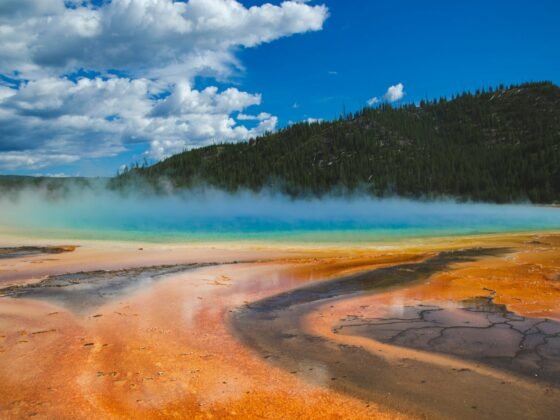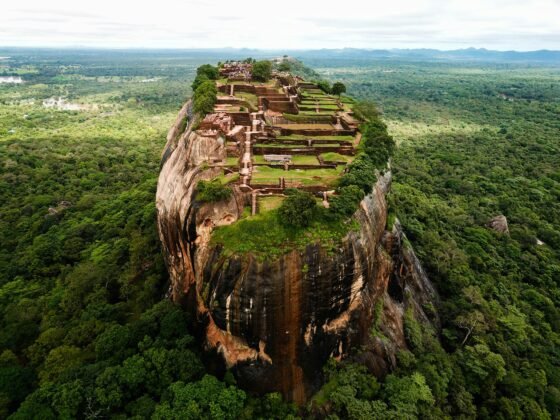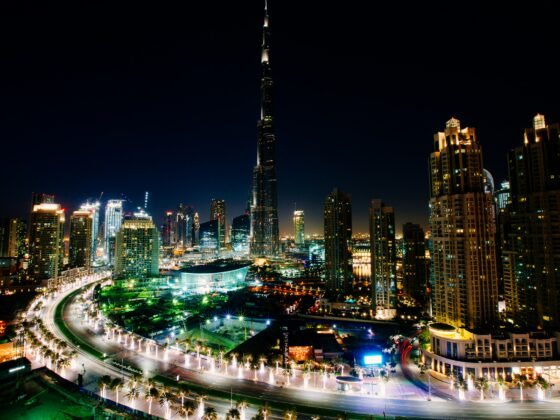Walking along the route of a historic wall appeals to history buffs and adventure travellers alike. And what a great opportunity to explore structures that used to divide nations and are steeped in ancient culture.
Berlin Wall, Germany
The Berlin Wall was constructed in 1961 to prevent East Germans (then controlled by the Soviet Union) from emigrating to West Germany then controlled by Allied forces (America, Great Britain, and France). The official date of its fall is 9 November 1989 and began the trend of collecting pieces of wall for personal keepsakes or indeed to sell on at a profit. The West Side of wall boasts graffiti art many depicting the message of peace. Visitors can tour the remnants of the Berlin Wall structure on bicycle or foot. The Gedenkstatte Berliner Mauer is a unique combination of memorial, museum and outdoor gallery.
Aurelian Walls, Rome, Italy
Named after Emperor Aurelian, construction on the Aurelian Walls started in the second half of the 3rd century AD. Over two thirds of the walls are still standing and travellers can explore one of the best preserved walls in all of Europe. There are 18 main gates called “portas”. Exploring the length of the Aurelian Wall leads to districts of the city that are overlooked by other tour walks. Near the San Sebastian gate, the Museo delle Mura provides visitors history of the wall and is a great place to start a tour. Porta Asinaria and Porta Maggiore are two of the most popular gates to visit
Hadrian’s Wall, United Kingdom
Hadrian’s Wall was built by Roman Emperor Hadrian to fortify the empire against area tribes not under Roman rule. Construction began in 122 AD and lasted 6 years. It measured approximately 80 miles long, 12 feet tall and 8 feet wide in its heyday. Many of the remaining sections of wall and standing forts are located in Northumberland in the north of England. These include forts Vindolanda and Housesteads. Along the Hadrian’s Wall National Trail Path visitors will find pubs, hostels, campsites and other accommodation.
Eassaoura, Morocco
The walled-in Medina of Eassaoura was constructed in the 18th century by Portuguese settlers to fortify the port city. It is noted as one of the most well preserved examples of military architecture in North Africa. Facing the ocean, the Eassaoura walls provide amazing views of a port once used by pirates and notably as the site of Orson Welles movie “Othello” in 1952. Nearby, visitors can experience spectacular views, remaining cannons, a museum and a bust to honour Orson Welles.
Great Wall, China
The largest wall in the world, the mighty Great Wall is approximately 5,000 miles in length. What is known today as the Great Wall was constructed as smaller walls starting with the Ming Dynasty in the 14th century. The translation of its name from Chinese is “The long wall of 10,000 li”. Many Chinese legends exist about the wall including a tale of a grieving widow who cried so hard after her husband died building the wall that a large portion of it collapsed. Today travellers can walk the Great Wall, with many sections restored and accessible.
Kumbhalgarh Fort, Rajasthan, India
The Kumbhalgarh Fort has seven fortified gateways and is lit in the evenings to provide a spectacular sight. It sits 3,500 feet high on a mountain providing great security for the Mewar during the 15th century when constructed. The fort is circled by 13 mountain peaks and is also known as the “Eye of the Mewar.” Its expansive walls are a close second to the largest wall in the world, The Great Wall of China.
Walls of Dubrovnik, Croatia
Four fortresses and four city gates located are strategically along the Walls of Dubrovnik, which increased its security as a maritime city-state. If exploring the walls on foot, walking the length will take approximately two hours and provide stunning views. The area also boasts amazing beaches, a medieval pharmacy, and a unique 5D exploration of Dubrovnik history at Visia Dubrovnik 5D Teatrum.












